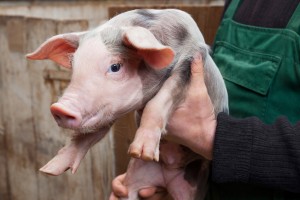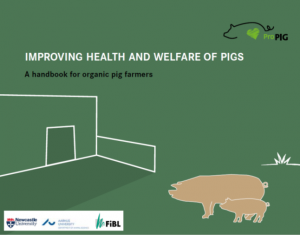The Role of Humans
In outdoor pig systems, there are different management requirements. There are wider environmental variations compared with confined, indoor systems, and hence the stockperson must be aware of thermal variation and to react accordingly. There is likely to be less automation and labor-saving devices, and a greater reliance on observation and husbandry skills. Being outdoors, and hence potentially much more scattered, both observation and handling will be more challenging (Honeyman, 2005).
The role of the stockperson appears to be an important risk factor for piglet death. It has been proposed that outdoor sows may be best left to farrow alone, as interference by the stockperson may result in increased mortality at birth, particularly if the person is inexperienced (Berger et al., 1997). There is some evidence that piglet mortality is lower when the stockperson is female, and this may be related to increased empathy and/or better practise e.g. drying of piglets at birth (KilBride et al., 2014).
Daily tasks
 It is necessary to allocate sufficient time each day for the following activities:
It is necessary to allocate sufficient time each day for the following activities:
- Inspection of animals by walking amongst them and getting all animals to stand up so that lame or sick animals can be identified.
- From an early age additional time should be allocated for positive interactions, such as friendly stroking, particularly for replacement breeding gilts
- Checking and maintenance of drinkers


 British English
British English


Comments are closed.